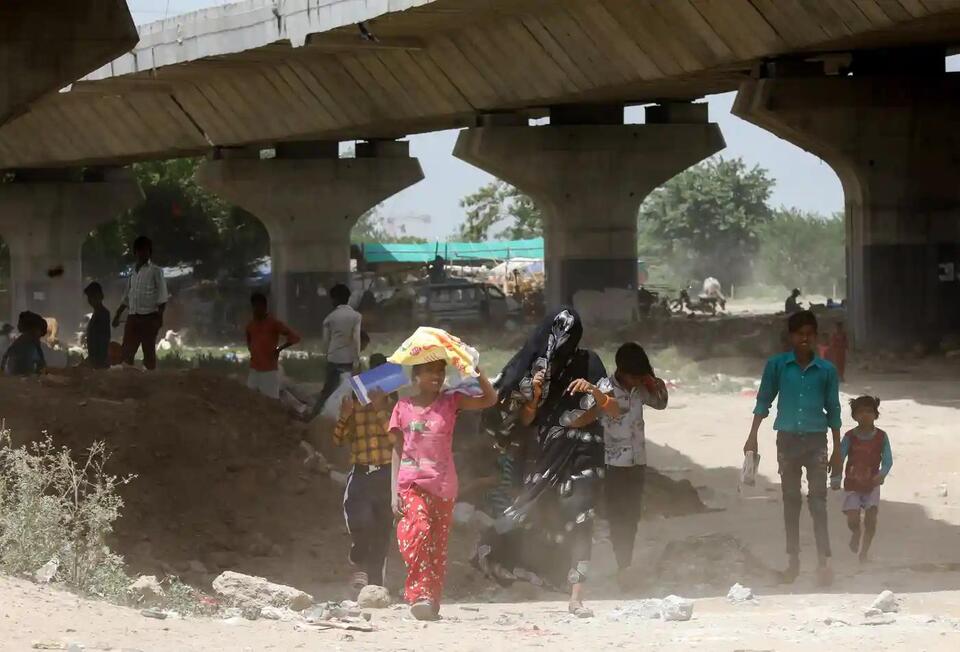
India is currently experiencing an intense heat wave that has caused nearly 100 deaths over the last several days. The northern state of Uttar Pradesh and eastern Bihar have been hit the hardest, with authorities warning residents over 60 and those suffering from various maladies to stay indoors during the daytime.
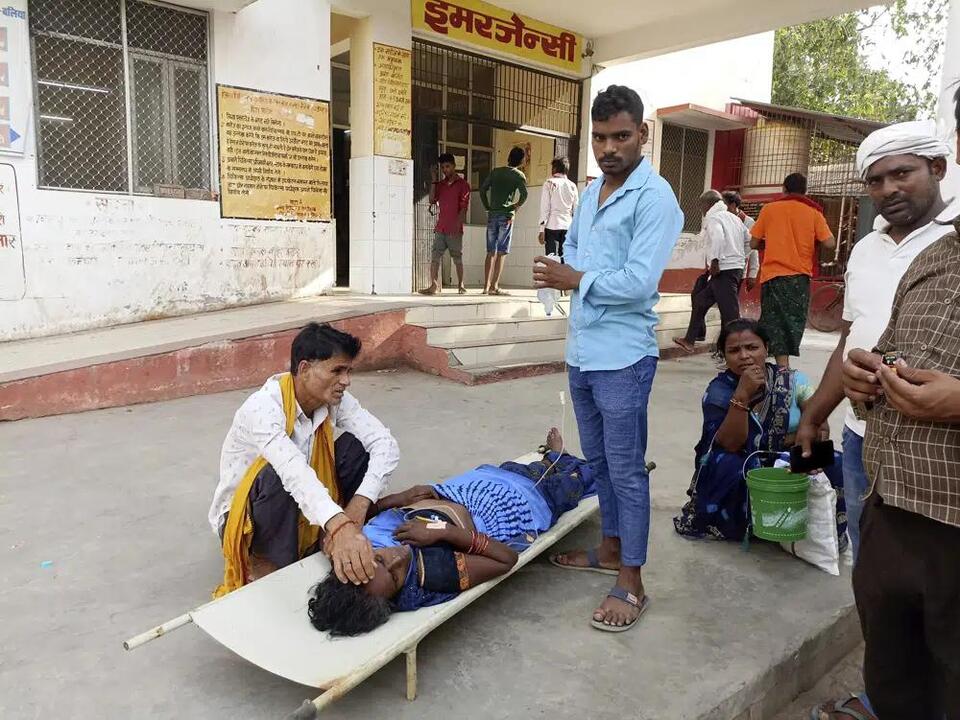
In Uttar Pradesh, all 54 reported deaths occurred in the Ballia district, where most of those who passed away were over 60 years old and had preexisting health conditions that may have been exacerbated by the intense heat. The district is currently grappling with oppressive heat, with a maximum temperature of 43 degrees Celsius (109 degrees Fahrenheit) recorded on Sunday, surpassing the normal range by five degrees. The relative humidity was recorded at 25%, intensifying the effect of the heat.

Due to the gravity of the situation, authorities canceled leave applications of medical personnel in Ballia and provided additional hospital beds in the emergency ward to accommodate the influx of patients. Symptoms reportedly included high fever, vomiting, diarrhea, difficulty breathing, and heart-related issues.
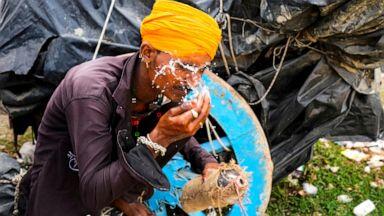
In eastern Bihar, scorching heat has engulfed most of the state, leading to 42 deaths in the past two days. Among the fatalities, 35 occurred at two hospitals in the state capital of Patna where over 200 patients suffering from diarrhea and vomiting were being treated. The main summer months — April, May, and June — are generally the hottest in most of India, before monsoon rains bring in cooler temperatures. But temperatures have become more intense in the past decade.
India’s government issued several severe heat advisories on Sunday, as many states continue to grapple with sweltering heat and high humidity. On Saturday, temperatures reached 45.4-degrees C (113.72 degrees F) in the Indian state of Odisha, and temperatures hovered around 42 and 44 degrees C (107.6 and 111.2 degrees F) in other states. In some states, temperatures were expected to continue through Tuesday.
While many see a clear correlation between the high death toll and extreme heat, some officials have been hesitant to draw a linear causation from one to the other. Former Ballia District Hospital Chief Medical Superintendent Diwakar Singh reportedly said Friday night that 34 people died from “heatstroke.” He was subsequently removed from his position for “giving a careless statement on deaths caused by heatwave without having proper information.”
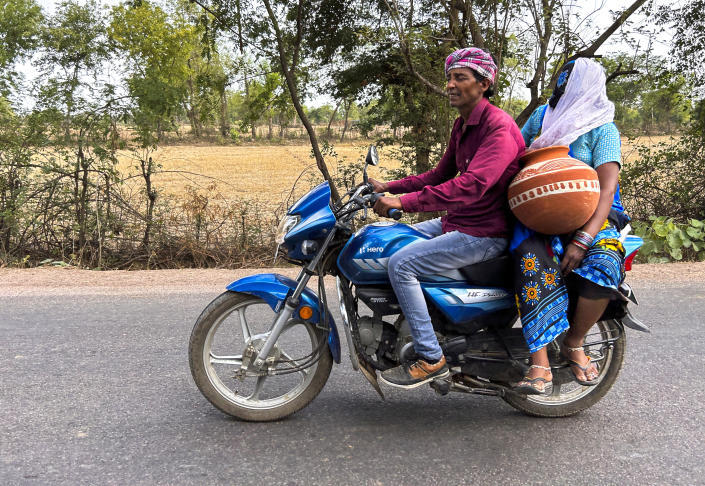
A study by World Weather Attribution, an academic group that examines the source of extreme heat, found that a searing heat wave in April that struck parts of South Asia was made at least 30 times more likely by climate change. During heat waves, the country usually suffers severe water shortages, with tens of millions of its 1.4 billion people lacking running water.
As India continues to feel the burn of this heat wave, authorities are urging residents to take precautions and stay indoors during the hottest parts of the day. The situation is being closely monitored, and health officials are investigating the cause of the high number of deaths in Ballia.
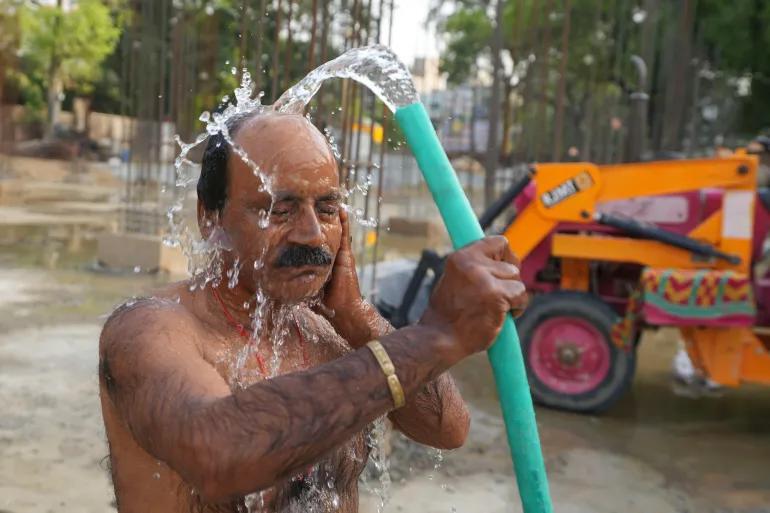
References
- https://www.indiatoday.in/india/story/north-india-heatwave-bihar-up-ballia-deaths-imd-weather-forecast-2394427-2023-06-18
- https://apnews.com/article/india-uttar-pradesh-bihar-heat-wave-deaths-03e68826845734d1a703851b23de6849
- https://indianexpress.com/article/india/amid-heat-deaths-uttar-pradesh-ballia-top-medical-officer-removed-8670745/
- https://thehill.com